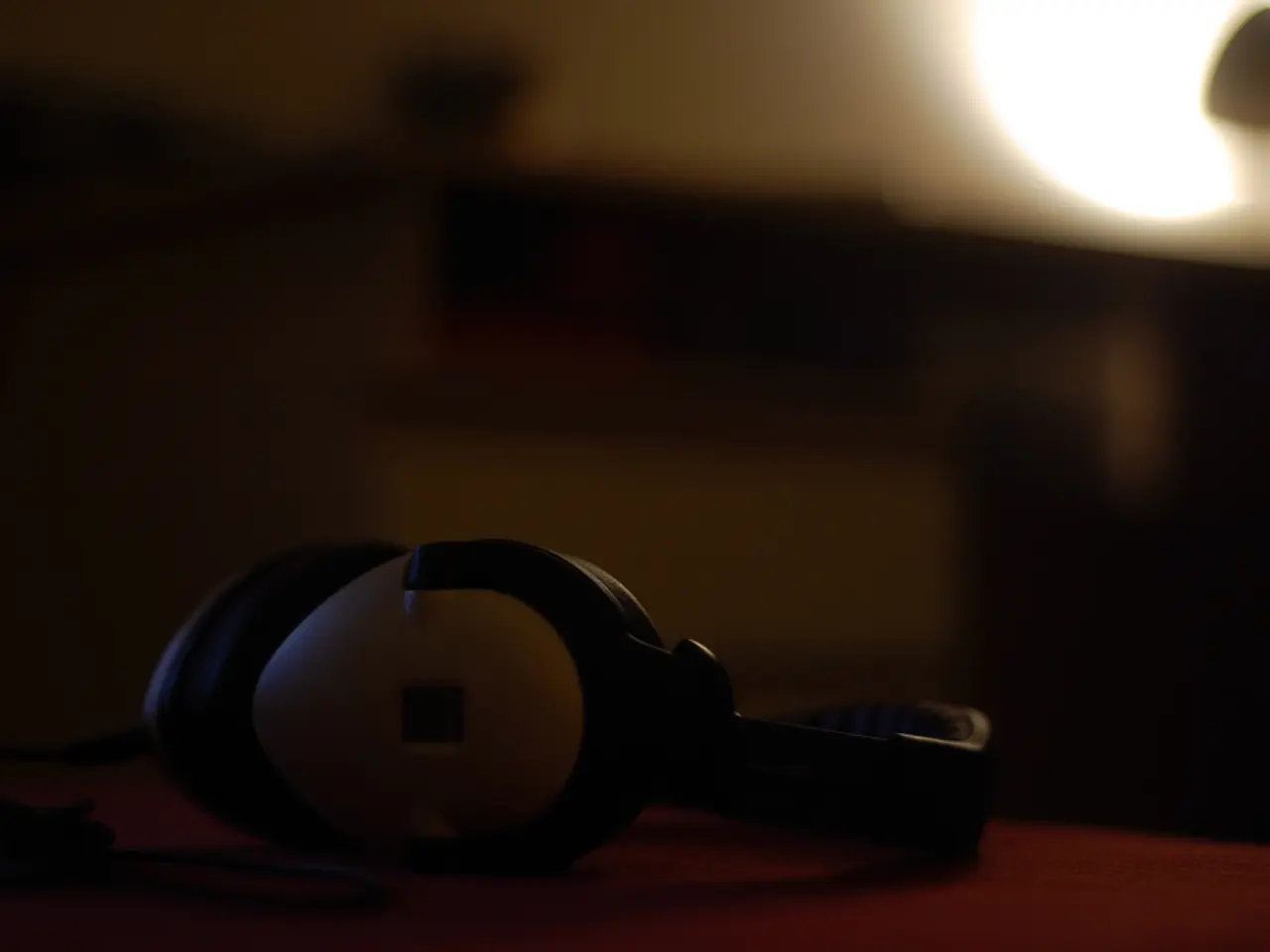Ambient Sound Assessments: Evaluating Surrounding Sound Levels and Their Effects on Health and Personal Welfare
In an effort to combat noise pollution and protect public health, regulations and guidelines for noise control have been established to set safe noise levels in various environments. These guidelines focus on mitigating noise pollution and identifying potential sources of excessive noise that can lead to health issues.
Monitoring ambient noise levels is essential for understanding the sound environment and its impact on individuals' health and well-being. Personal noise monitoring techniques, such as using smartphone apps or dedicated devices, encourage individuals to actively measure and track the noise levels in their surroundings. This practice promotes mindfulness regarding one's acoustic environment and encourages conscious decision-making to maintain a healthy balance in exposure to noise pollution.
Effective strategies for personal noise monitoring and managing ambient noise levels include:
- Use Personal Noise Monitoring Devices: Devices like personal noise dosimeters continuously measure an individual's noise exposure over time, providing real-time data on sound levels and frequency characteristics. This helps ensure compliance with safe noise exposure limits and allows timely adjustments to reduce risk.
- Employ Hearing Protection Equipment: Appropriate hearing protection, such as foam earplugs, silicone or premolded earplugs, custom-molded earplugs, and earmuffs, should be selected based on the noise environment and duration of exposure. Custom molds offer superior comfort and effectiveness for extended use, while electronic earmuffs can amplify necessary sounds while reducing harmful noise levels.
- Manage Ambient Noise through Sound Reduction Techniques: Reducing noise at the source or along its transmission path using technical controls—such as quieter equipment, acoustic blankets, and custom removable barriers—can significantly lower ambient noise. Creating quiet zones and limiting time spent in noisy environments through work scheduling are also recommended administrative controls.
- Incorporate Noise Exposure Controls into Daily Routines: Taking periodic quiet breaks and limiting exposure duration reduces cumulative noise impact. Following occupational safety guidelines, such as those from OSHA or regional regulations, helps maintain safe noise levels and prevent health damage.
- Use Sound Masking or White Noise Judiciously: White noise machines can mask disruptive sounds, improving sleep and concentration, and may help those with tinnitus. However, to avoid auditory fatigue or developmental concerns, exposure should be controlled in volume and duration.
- Regular Health Monitoring and Education: Conducting hearing assessments to detect early signs of damage and educating individuals on the risks of noise exposure and proper use of protective equipment is essential for maintaining good health.
By implementing these strategies, individuals can minimize the risks associated with excessive noise, such as sleep disturbances, increased stress levels, and adverse effects on mental health. Prolonged exposure to high noise levels can significantly impact mental health, leading to increased stress levels, anxiety, irritability, and a higher risk of developing mental health disorders such as depression and insomnia.
Promoting sound hygiene practices for well-being involves advocating for quiet zones in urban areas and implementing noise reduction strategies, such as using noise-canceling headphones or earplugs in noisy environments. Community initiatives for noise reduction are essential in creating healthier and more peaceful living environments. These initiatives involve collaborative efforts among residents, local authorities, and businesses to address sources of noise pollution and implement effective solutions.
Educating the public on noise awareness is crucial in fostering a healthier living environment. This can be achieved through hosting Noise Awareness Campaigns and promoting Sound Hygiene Practices, such as using ear protection in noisy environments and choosing quieter recreational activities. Engaging in personal noise monitoring not only serves as a means of self-empowerment but also as a preventive health measure. By actively monitoring and controlling noise levels in their daily lives, individuals can minimize the risks associated with excessive noise and promote overall better health and well-being.
In the realm of workplace wellness and health-and-wellness practices, promoting the use of personal noise monitoring devices plays a significant role in maintaining mental health. By continuously measuring noise exposure and providing data on sound levels, these devices help individuals reduce stress levels and avoid anxiety and irritability caused by prolonged exposure to high noise levels.
To further support mental health, incorporating sound masking or white noise into daily routines can mask disruptive sounds, helping individuals sleep better and concentrate with ease. However, it is important to control exposure to prevent auditory fatigue or potential developmental concerns.




